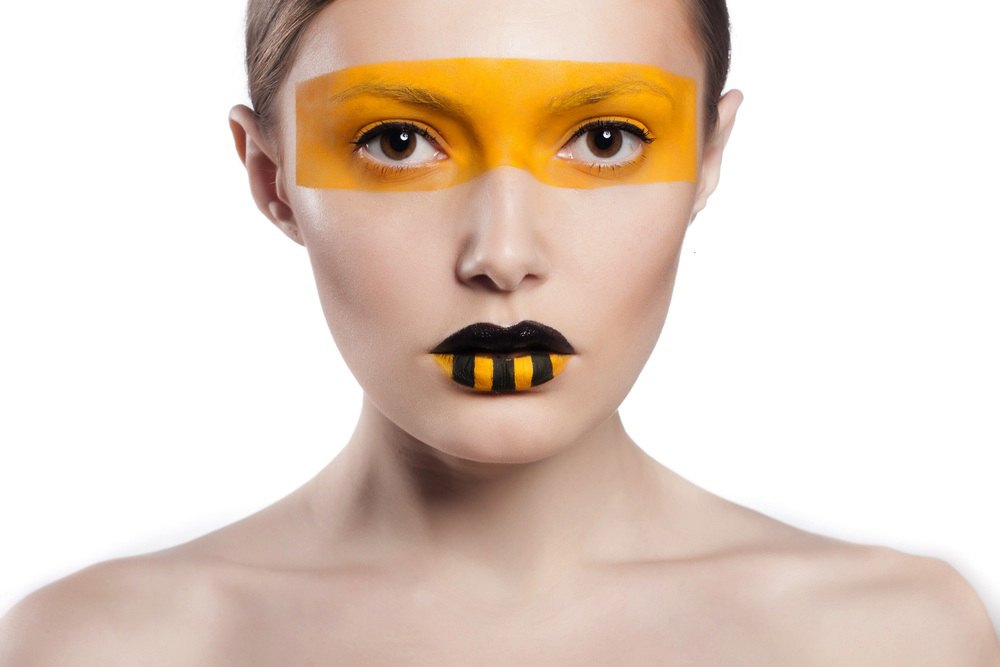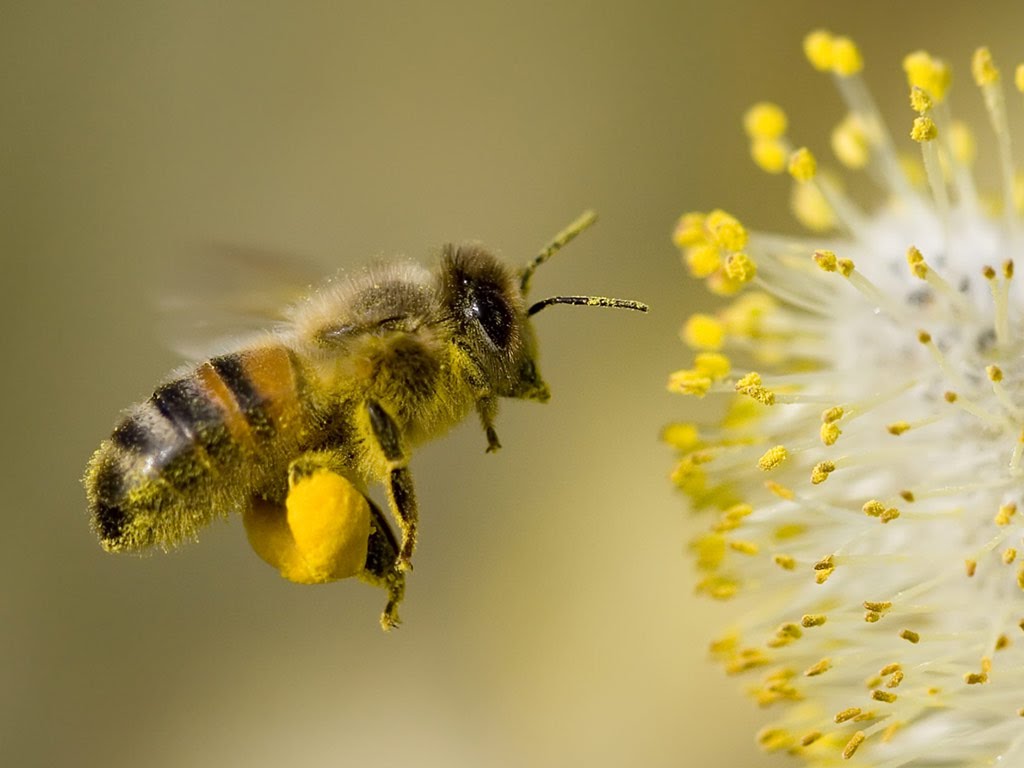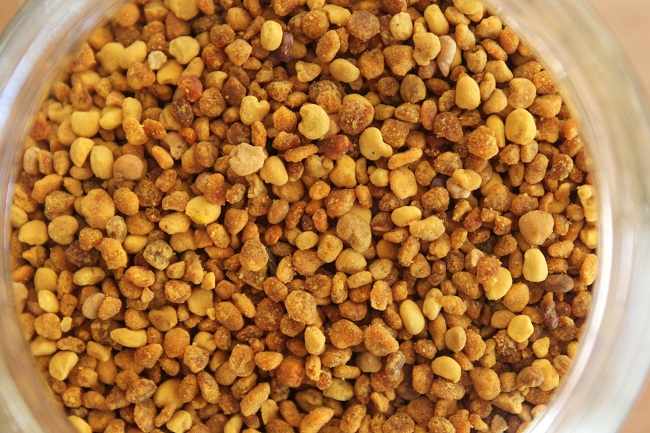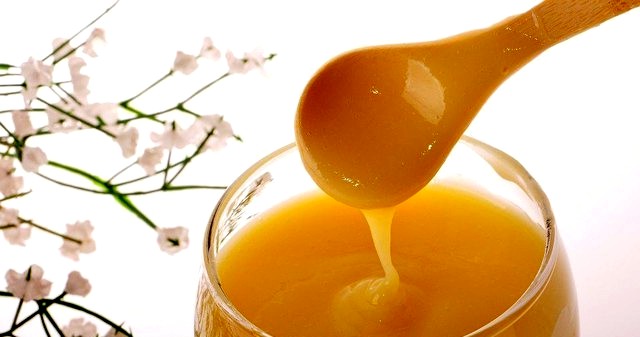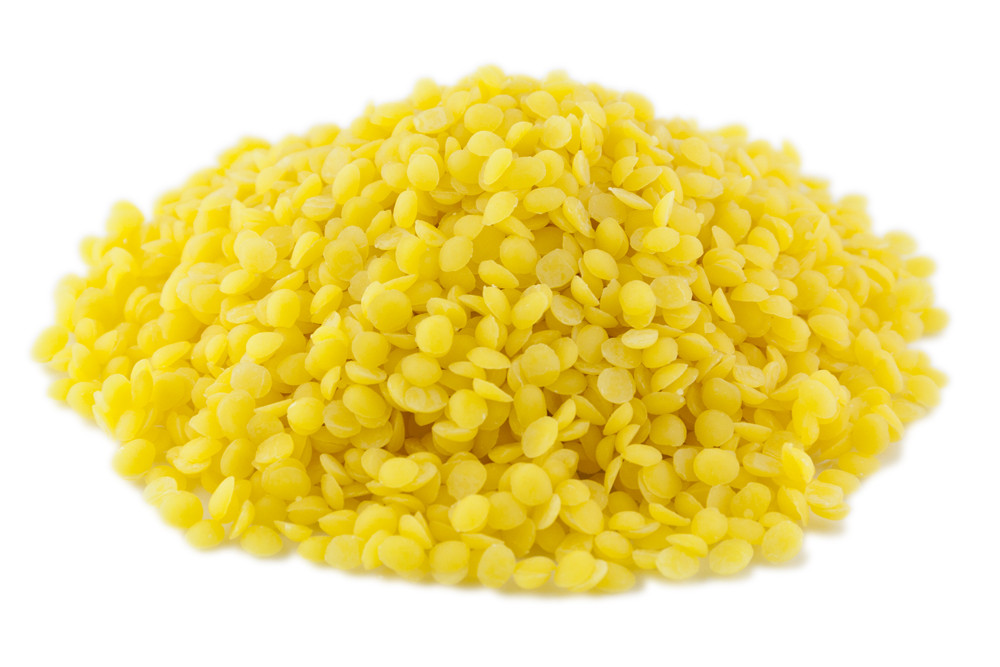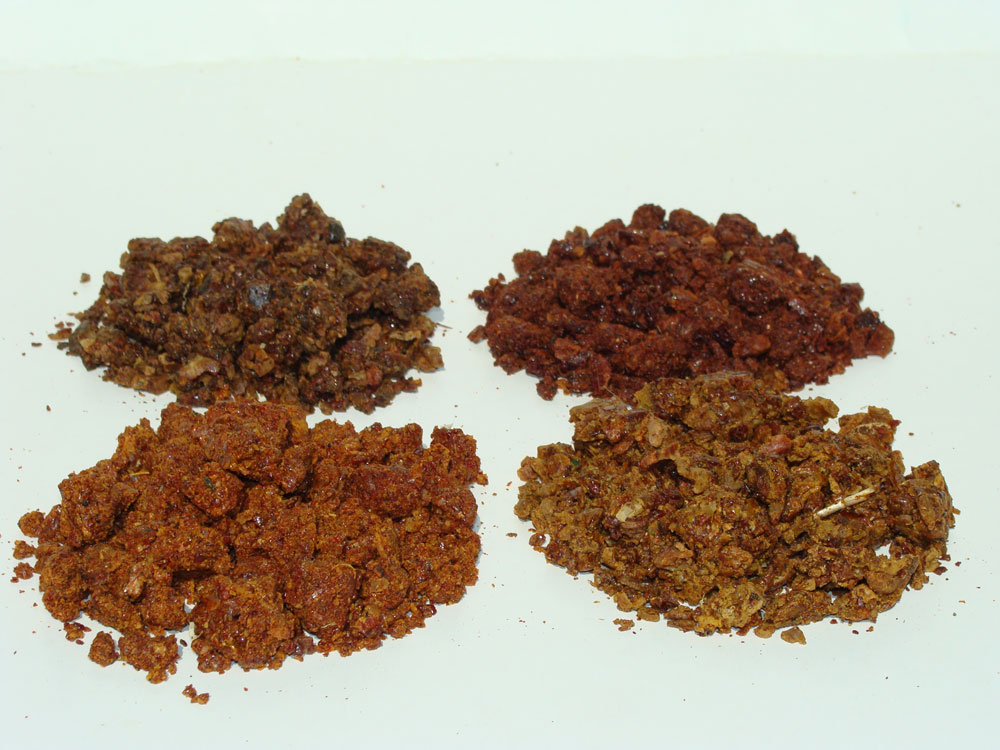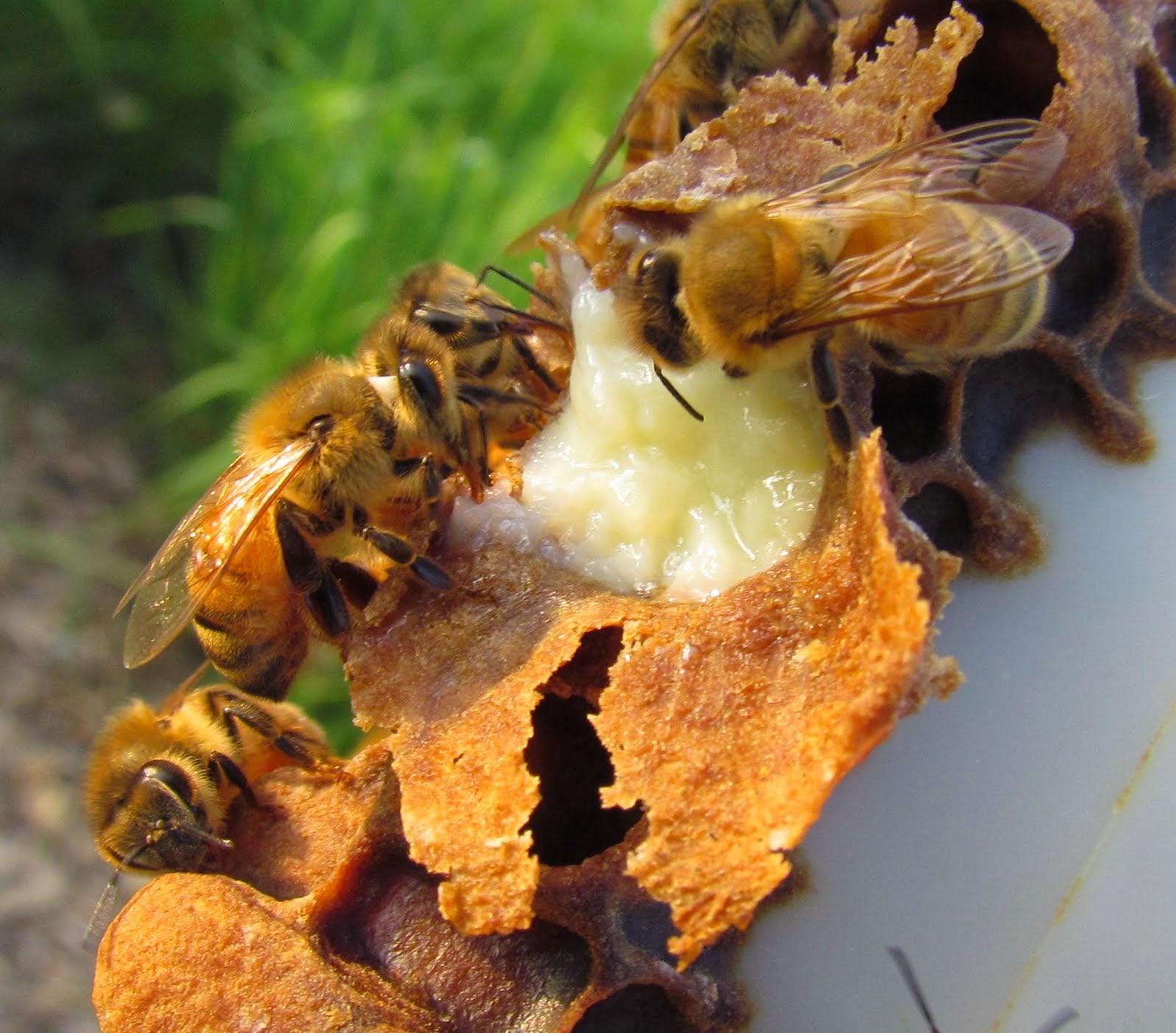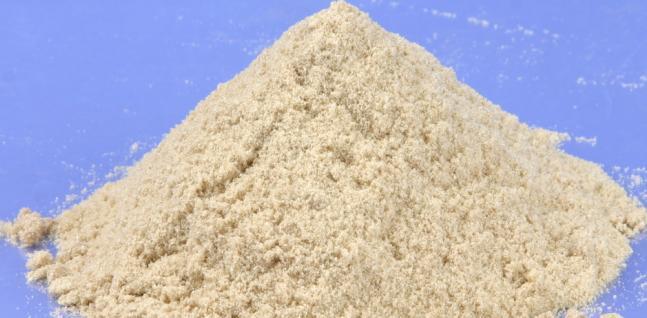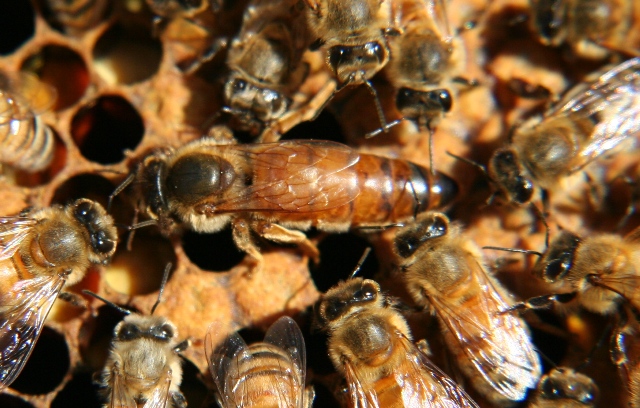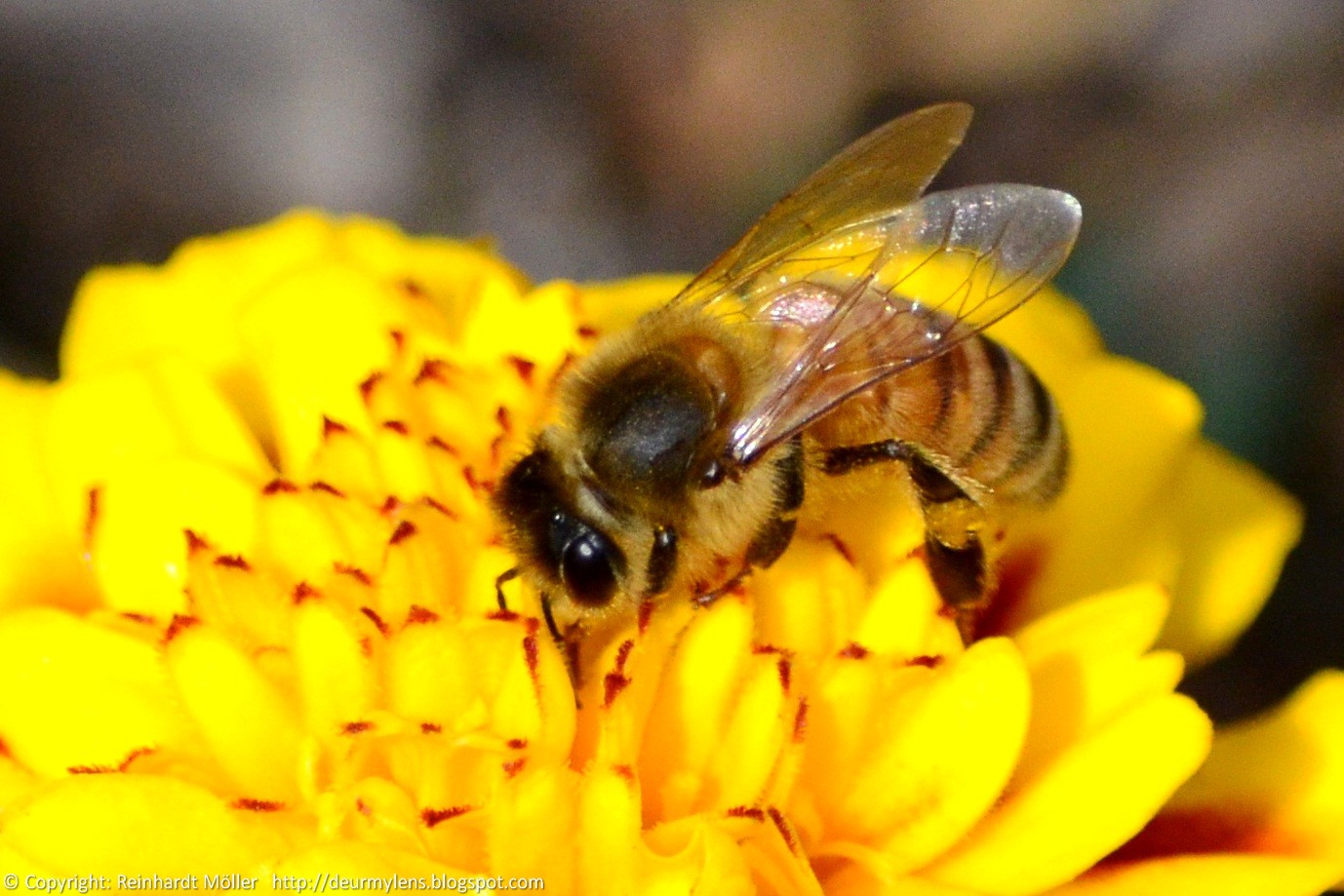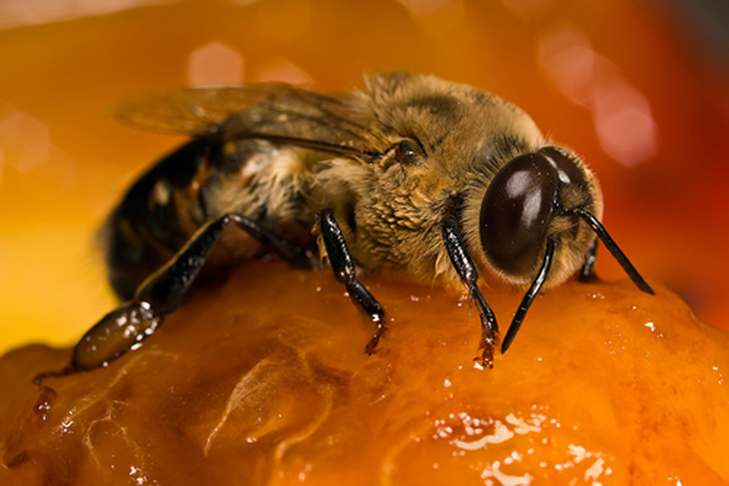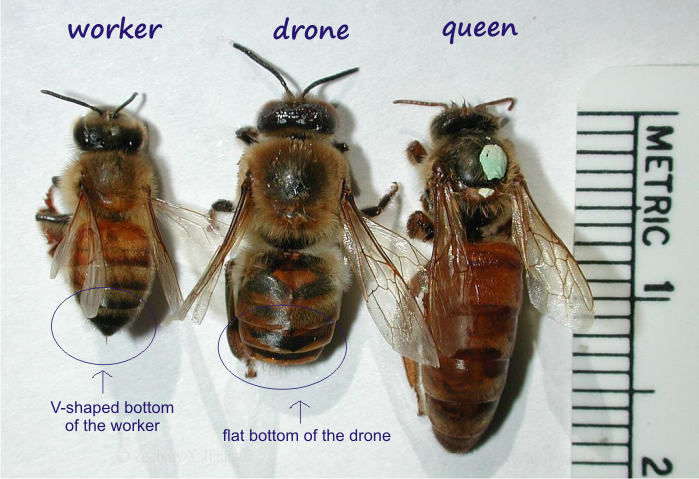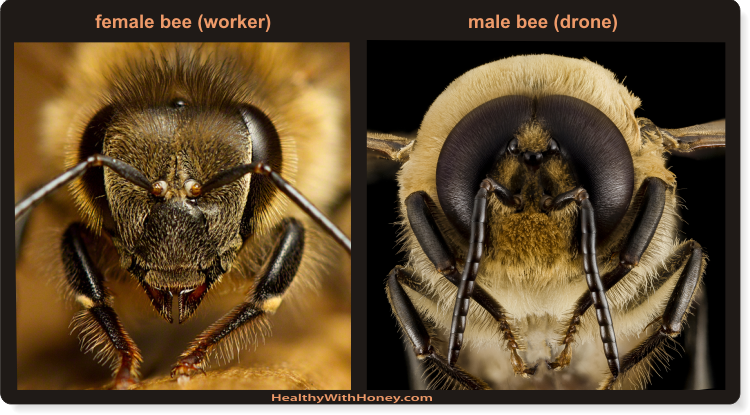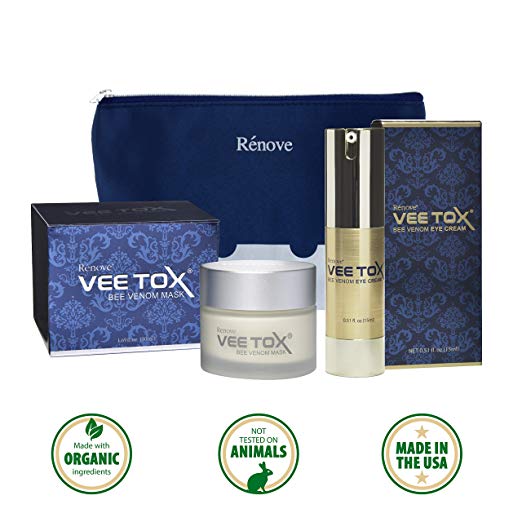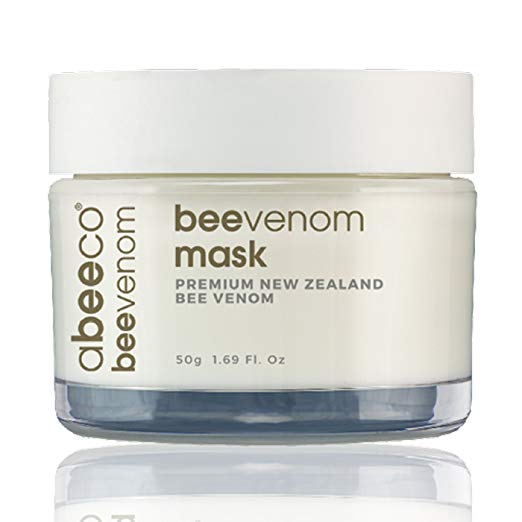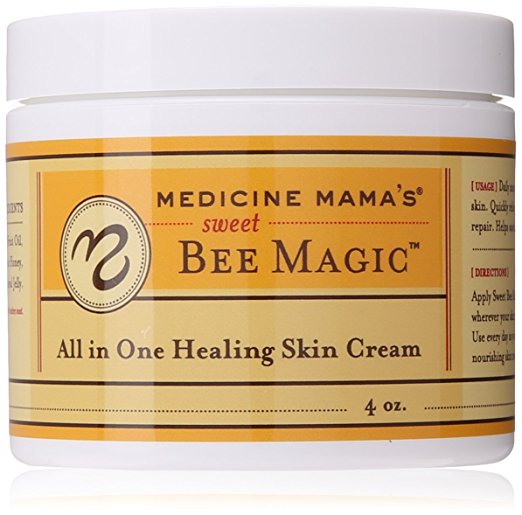Bee Venom For Beauty And Wellness Part 1
Bee Venom for beauty and Wellness
Hello and welcome again to our weekly post on week 297, we are sharing the incredible power of one of my favorite little beings, that is the miraculous Bee. I grew up loving bees and early on in my life I learned their value in our ecosystem and for our own health and beauty. I use honey, royal jelly, bee pollen, beeswax and bee propolis basically on a daily basis.
We would love for you to share this post with your family and friends these little beings are threatened by so many pesticides, EMF current, so and much more without them we would not have agriculture. They are responsible for extensive work in our ecosystem our food etc. We love what we do, and we spend hours of research to provide you with authority information, please pass it on is so crucial that people know their value, thank you ahead of time for your consideration and support, from all of us at Isabel’s Beauty Blog.
When I lived In England, I was introduced to Bee venom a long, long time ago, and I must say that it works amazingly, it plumps the skin and it feeds it with the large selection of vitamins and amino acids, etc. Bee venom is full of vitamins and amino acids, to mention a few qualities of their product and I personally choose it before Botox. The results for me are remarkable and full of natural benefits aside from the tremendous gifts of Bee products. Here we are sharing the Bees their qualities in food, beauty, and in our environment, please pass it on. We intend to educate people so the bees can stand a chance, most people don’t like them and kill them. I take that as ignorance, no many people know how valuable they are, who would do harm to a bee, as they do that they are harming the environment and their food source, and the future of the planet.
Ignorance is the primary cause of the destruction not only personal but worldwide, our intention is to educate and make a difference one person at a time.
BEES AS PART OF ECOSYSTEMS
These Pollinators strongly influence ecological relationships all through our ecosystems, conservation and stability, the genetic variation in all plant community, floral diversity, our foodevolour food source and so much more. Bees play a very important, but a little-recognized role in our ecosystems where there is green vegetation cover for at least 3 to 4 months each year. In tropical forests, savannah woodlands, mangrove, and in ephemeral forests, many species of plants and animals would most likely not survive if bees are missing. This is because the production of seeds, nuts, berries, and fruits are strongly dependent on insect pollination, and among the pollinating insects, bees are the primary pollinators.
In rainforests, especially in high mountain forests where it is too cold for most bees, other pollinators like bats and birds play a more significant role in plant pollination. In the farmed areas, bees are the most reliable source for the pollination of many cultivated crops, and for maintaining biodiversity in ‘islands’ of non-cultivated areas also. The primary role of bees in the different ecosystems is their pollination work. Studies have shown that other animal species are connected with bees: either because they eat the brood or honey, pollen or wax, because they are parasitic to the bees, or just because they live within the bees nest.
THE POLLINATION WORK OF BEES
When we look at the many different color and looks of flowers, we should not overlook the fact that they have developed these colors as an adaptation for the bees and other pollinators, and not to please humans,( is not all about us especially the unconscious over consumers) is more for species survival. Bees and most flowering plants have developed a complex interdependence during millions of years. An estimated 80 percent of flowering plants are entomophilous depending more or less on insect pollination to be able to reproduce, wow an astonishing percentage, and it is estimated that half of the pollinators of tropical plants are bees responsible for the work.
The perfect efficiency of honeybees is due to their great amount in numbers, their physique and their behavior of foraging on only one plant species at a time, interesting right?. The bees find their food in flowers. The food ether nectar or pollen. Nectar is produced to attract the bees. Pollen is also attracting the bees, but it has another function too: it is produced to ensure the next generation of plants and that is why they designed need to function these ways. Bee-pollinated flowers have evolved in such a way that a visiting bee has to basically brush against the flower’s anthers bearing pollen, and is a unique mechanism to release the anthers to spring up or down to cover the bee with pollen. When compared with other insects, bees are very hairy. Each hair has a branched structure that makes it highly effective at collecting catching pollen.
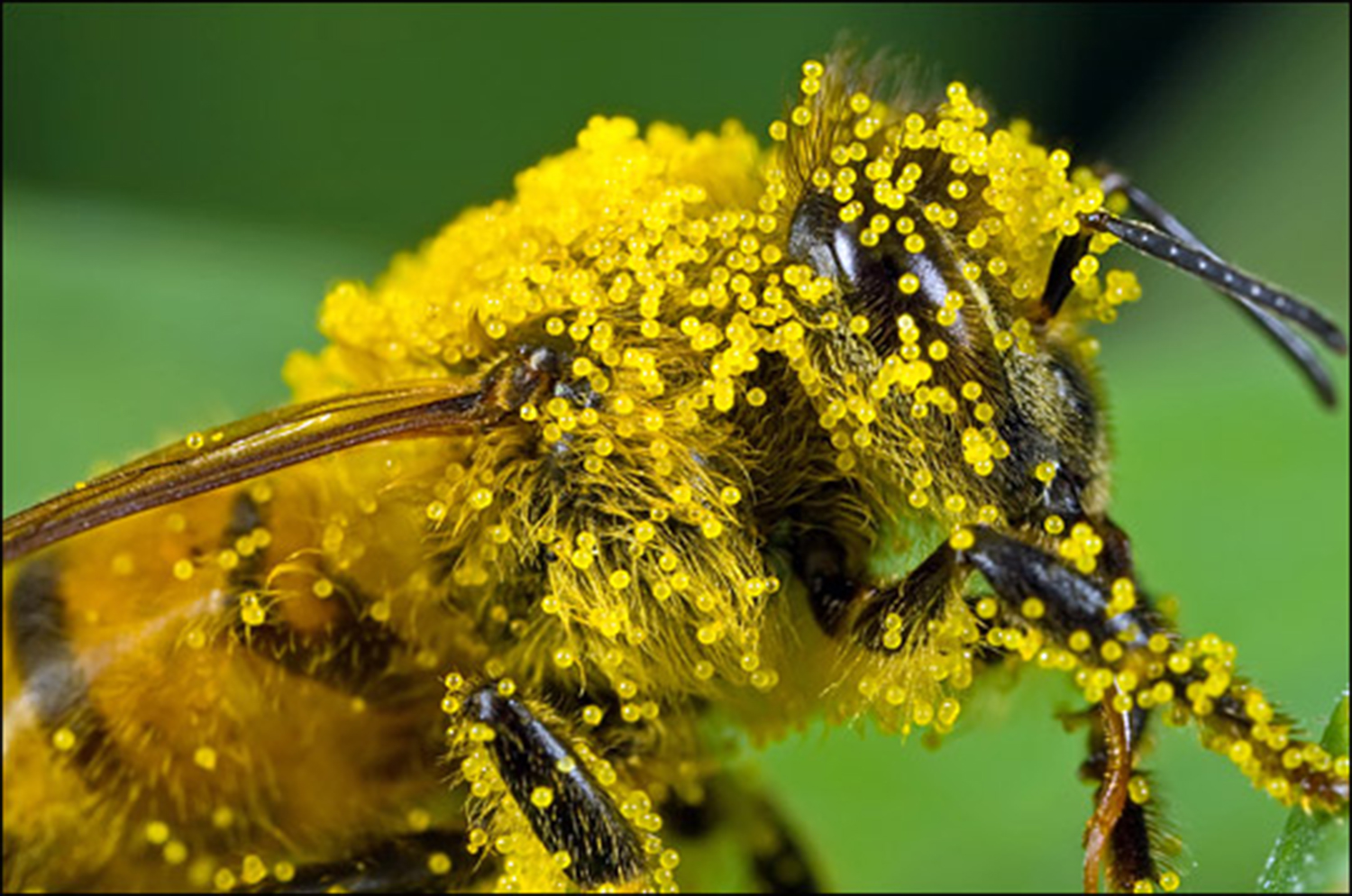
When flying to the next flower, the honeybee will brush herself and move many of the pollen grains, to arrange them in the pollen baskets made of stiff hairs on her hind legs. Many of the pollen grains are so dry that they cannot be formed into a clump. So to prevent the pollen falling off during flight, the bee will regurgitate some nectar and mix it with the pollen that way sticks together, and this gives the sweet taste when eating pollen balls collected by bees. It also makes the pollen a little darker so that it can be difficult to see from which plants it comes from. Some bees do not have pollen baskets, so they transport the pollen in the many hairs on their abdomen (Osmia bees and leafcutter bees are an example). When the honeybee carrying pollen is landing in the next flower, there will be pollen enough left on the bees’ body hairs to pollinate the new flower, by delivering some grains to the flower’s stigma. Now pollination has taken place, and the flower is happy to reproduce the miracle of nature. To create a seed, the pollen grain has to grow a small tube inside the stigma to the ovary of the flower. Then a male gamete can actually travel through the tube, fertilize the egg cell and start the development of the fertile seed. Now the fertilization has taken place.
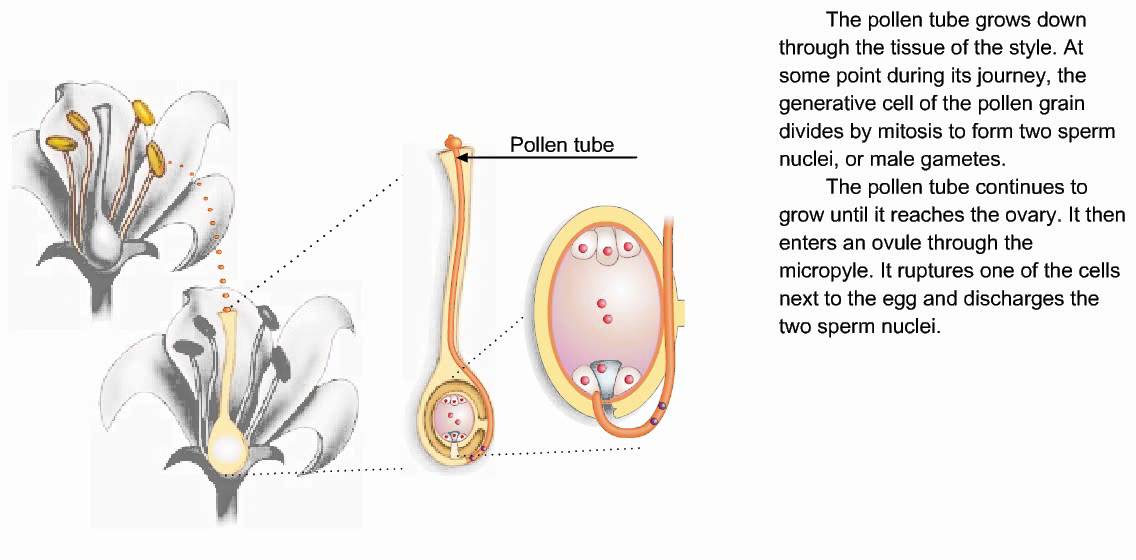
Not too many plants need several successful visits from bees to ensure that all the flower’s eggs are fertilized. For example, some varieties of strawberry plants need about 20 pollen grains, requiring visits by several bees, an apple flower may need five or more bee visits to receive enough pollen grains to complete fertilization. If the fertilization is inadequate because of lack of bees, not all seeds will develop, and the shape of the fruit will be poor and small and definitely not fully nutritious. Fertilization is the beginning of a new seed, which perhaps will grow and develop into a new plant. The new plant will bloom, provide the bees with food, be pollinated, and be fertilized, and in this way, life continues for plants and bees, the fantastic miracle of nature.
Pollination
Let’s start with Agriculture and how it depends significantly on the honeybee for pollination. Honeybees account for 80% of all insect pollination that is a substantial percentage don’t you think?. Without such pollination, we would see a significant decrease in the yield of fruits and vegetables and our environment, now the industry produces man-made foods!!!!! and BEES!!!!!! ahhhhh very scary.
Pollen
Bees collect approximately 66 pounds of pollen per year, and that is per hive!!. Pollen is the male germ cells produced by all flowering plants for fertilization and plant embryo formation so imagine how much life is in that. Honeybees use pollen as food. Pollen is one of the richest and most pure of the natural foods, consisting of up to 35% protein, 10% sugars, carbohydrates, enzymes, minerals, and vitamins A (carotenes), B1 (thiamin), B2 (riboflavin), B3 (nicotinic acid), B5 (pantothenic acid), C (ascorbic acid), H (biotin), and R (routine) full range of amino acids, just bee pollen by itself is a complete supplemental food.
Honey
Bees use Honey for food all year round. Is a large selection of honey, colors, and flavors, depending upon its nectar source. The bees make honey from the nectar they collect from flowers in trees and plants. Honey is a very easily digestible, pure food since is predigested by the bees and very quickly absorbed by our bodies without creating havoc in our pancreas like sugar does. Honey is hydroscopic and has antibacterial qualities. Honey can fend off allergies to certain people due to the process that the bee uses to transform the pollen, in essence, is like getting a nature made homeopathic in your system. I always get local honey whatever I visit, or bee pollen and I start with a minute amount, and then I increase the dosage, so I keep my self-allergy free, and it works great.
Beeswax
Beeswax is a product secreted from the bees glands, beeswax is used by the honeybee to build honeycomb in their beehive. It is used by humans in drugs, cosmetics, artists’ materials, furniture polish and candles, soaps hair products and much much more.
Propolis
Propolis is collected by honeybees from trees, the sticky resin is mixed with wax to make a sticky glue-like substance. The bees use this to seal cracks and repair their hive and at the same time to protect it from bacteria it has an antibiotic quality. It is used by humans as a health aid, and as the basis for fine wood varnishes. I personally always keep some around, and I use it in any wound, for my dogs, and if I feel a sore throat I place a place a piece in my mouth, and I chew it like chewing gum until is all gone and I promise you it works wonders.“While Propolis it’s drawing water out of the wound, which is how it might get infected, it’s letting off this very minute amount of hydrogen peroxide. The amount of hydrogen peroxide that comes off honey is exactly what we need–it’s so small and so minute that it actually promotes healing. Derma Sciences, a medical device company, has been marketing and selling MEDIHONEY, bandages covered in honey used in hospitals around the world, fantastic tip!.
Royal Jelly
This powerful, milky substance turns an ordinary bee into a Queen Bee, this is her food. It is made of digested pollen and honey or nectar mixed with a chemical secreted from a gland in a nursing bee’s head what a powerful mixture I personally use it all the time. It commands premium prices rivaling imported caviar and is used by some as a dietary supplement and fertility stimulant I personally use it for beauty and health. It is loaded with all of the B vitamins, for the most part, beekeepers that are conscious about the life and wellbeing of bees don’t like to collect Royal Jelly because is the food for the queen and without her is no beehive. Also if they feed it to a working bee, they have another Queen, and that means another hive.
For centuries Royal jelly has been used for beauty applying stray on or in skin care, and the results are just outstanding.
Bee Venom
The “ouch” part of the honeybee if you happened to get it through a sting. Although sharp pain and some swelling and itching are natural reactions to a honeybee sting or most, a small percentage of individuals are highly allergic to bee venom. “Bee venom therapy” is widely practiced overseas and by some in the USA to address health problems such as arthritis, neuralgia, high blood pressure, high cholesterol and even MS., and now is new evidence other benefits.
Queen Bee
There is only one queen bee per hive. The queen is the only bee in the hive with fully developed ovaries. A queen bee can live for 3-5 years. The queen mates only once with several male (drone) bees, and will remain fertile for life. She usually lays up to 2000 eggs per day wow amazing don’t you think?. Fertilized eggs become female (worker bees) and unfertilized eggs become male (drone bees). When she dies or becomes unproductive, the other bees will “make” a new queen by selecting a young larva and feeding it a diet of “royal jelly.” For queen bees, it takes 16 days from egg to complete emerging.
The queens are developed from larvae selected by worker bees and specially fed with Royal Jelly in order to become sexually mature. There usually is only one adult, when a queen mates in a hive, in which case the bees will often follow and fiercely protect her. However, as in the Brazilian stingless bee Schwarziana quadripunctata is an exception, a single hive may have multiple queens or even dwarf queens, ready to replace a dominant queen in a case of sudden death.
Worker Bee
All worker bees are female, these bees are not able to reproduce. Worker bees live for 4-9 months during the winter season, but only 6 weeks during the busy summer months pretty short life, they literally work themselves to death, Hmmm, sounds like humans especially here in the US, work work work. Nearly all of the bees in a hive are worker bees. A colony consists of 20,000 – 30,000 bees in the winter, and over 60,000 – 80,000 bees in the summer. The worker bees sequentially take on a series of specific chores during their lifetime: housekeeper; nursemaid; construction worker; grocer; undertaker; guard; and finally, after 21 days they become a forager collecting pollen and nectar, an incredibly organized system. For worker bees, it takes 21 days from egg to emergence. The worker bee has a barbed stinger that results in her death following stinging, therefore, she can only sting once. AMAZING GIRLS!!!
Drone Bee
These male bees are kept on standby during the summer for mating with a virgin queen. Because the drone has a barbed sex organ, the coupling is followed by the death of the drone, and there you have it no cheating males on this one. There is only 300-3000 drone in a hive. The drone does not have a stinger. Because they are of no use in the winter, drones are expelled from the hive in the autumn.
A bit of trivia:
• Honeybees are not native to the USA. They are European in origin and were brought to North America by the many early settlers.
• Honeybees are not aggressive by nature, and will not sting unless protecting their hive from an intruder or are maliciously provoked.
• Honeybees represent a very highly organized society, with various bees having very specific roles during their lifetime: nurses, guards, grocers, housekeepers, construction workers, royal attendants, undertakers, foragers, pollinators etc.
• The queen bee can live for the most part several years an less human intervention destroys them! like always humans and destruction. Worker bees live for 6 weeks during the busy summer, and for 4-9 month during the winter months.
• The practice of honey collection and beekeeping dates back to the stone-age, as evidenced by cave paintings.
• The honeybee hive is perennial. Although quite inactive during the winter, the honeybee survives the winter months by clustering for warmth. By self-regulating the internal temperature of the cluster, the bees maintain 93 degrees Fahrenheit in the center of the winter cluster (regardless of the outside temperature) pretty remarkable.
• An estimated 3.2 million colonies are in the U.S hopefully still.
• The average honeybee can fly at a speed of 15 miles per hour.
• A hive of bees must fly 55,000 miles to produce a pound of honey, there is a fact to appreciate.
• It would take approximately one ounce of honey to fuel a bee’s flight around the earth.
• An average worker bee makes about 1/12th of a teaspoon of honey in her lifetime, I truly have gratitude for their work.
• To make honey, bees drop the collected nectar into the honeycomb and then evaporate it by fanning their wings.
• Honeybees dance to communicate the direction and distance of nectar sources.
• The fructose in honey makes it sweeter than sugar. At 21 calories a teaspoon it is one and a half times sweeter than sugar, not to mention Hence, honey vs sugar, honey has a healthier Glycemic Index (GI) which measures the negative impact of a given food on the blood-glucose level. The lower the GI rating, the slower the absorption and infusion of sugars into the bloodstream and hence a more gradual and healthier digestion process.not to mention the nutrients in honey that sugar doesn’t own.
RENOVE VEE TOX Anti Aging Cream and wrinkle treatment
AN ANTI-AGING CREAM THAT WORKS – Renove Vee Tox Bee Venom Mask brings to you two of the best anti-aging ingredients, Bee Venom (purified) & Manuka Honey (Active 15+), that are completely organic & gentle – Say goodbye to cosmetic injections/fillers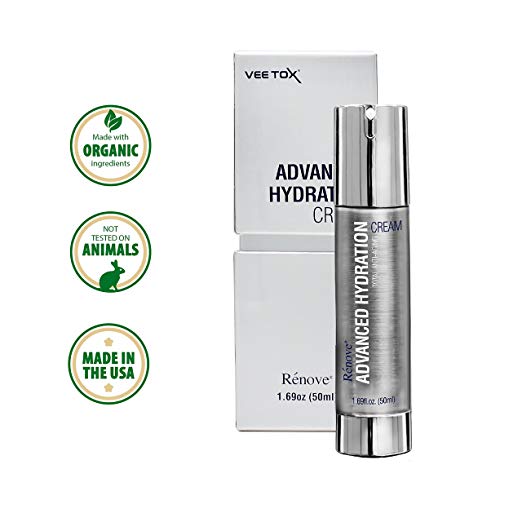 Renove VEE TOX Advanced Hydration Cream
Renove VEE TOX Advanced Hydration Cream
Hydration is the key to any effective anti-aging regimen.
VEETOX Advanced Hydration Cream is the ultimate anti-aging cream, made to reveal the beauty within, at any age. Each and every ingredient is all-natural without any hidden parabens.
No artificial fragrances or synthetic preservatives that can be harmful or irritating.
Key Ingredients: Hyaluronic Acid, Manuka Honey, Bee Venom, Swiss Apple Stem Cell Extract, Beech Tree Bud Extract, Crembe Oil, & Vigna Aconitifolia Seed Extract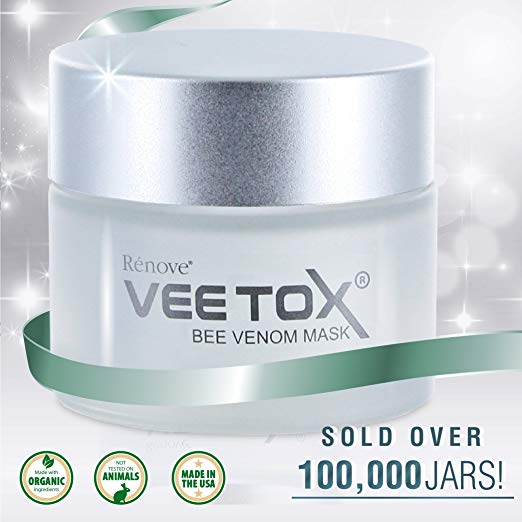 RENOVE VEE TOX Bee Venom Mask Anti-Aging Cream w/Manuka Honey (15+)
RENOVE VEE TOX Bee Venom Mask Anti-Aging Cream w/Manuka Honey (15+)
AN ANTI-AGING CREAM THAT WORKS – Renove Vee Tox Bee Venom Mask brings to you two amazing anti-aging ingredients, Bee Venom (purified) & Manuka Honey (Active 15+), that are organic & gentle AND effective.
FOR YOUTHFUL SKIN – Pure Bee Venom in this face mask stimulates the production of elastin & collagen that work together to tighten your skin, help ease wrinkles, and reduce the appearance of aging.
beeco, Pure New Zealand Bee Venom Mask
Rare New Zealand Bee Venom extract works to naturally lift and firm the skin, eliminating the need for cosmetic injections or fillers.
The Abeeco Bee Venom Mask formulation combines a proprietary blend of magical New Zealand Bee Venom, soothing Manuka Honey as well as natural essential oils and nutrients to promote plump and youthful skin.
Medicine Mama’s Apothecary Sweet Bee Magic All In One Healing Skin Cream
HEALS DRY SKIN with immediate and lasting moisture
SOOTHES & RELIEVES red, itchy, or sunburnt skin
CELLULAR NUTRITION Delivers optimal cellular nutrition and support
REPAIRS minor cuts, scrapes and burns and Improves texture and tone of skin
MAGIC Sweet Bee Magic™ is gentle and safe to use on even the most sensitive or acne prone skin. Our carefully chosen organic oils and beeswax do not clog pores. Perfect for daily use by all ages, skin types and genders.
